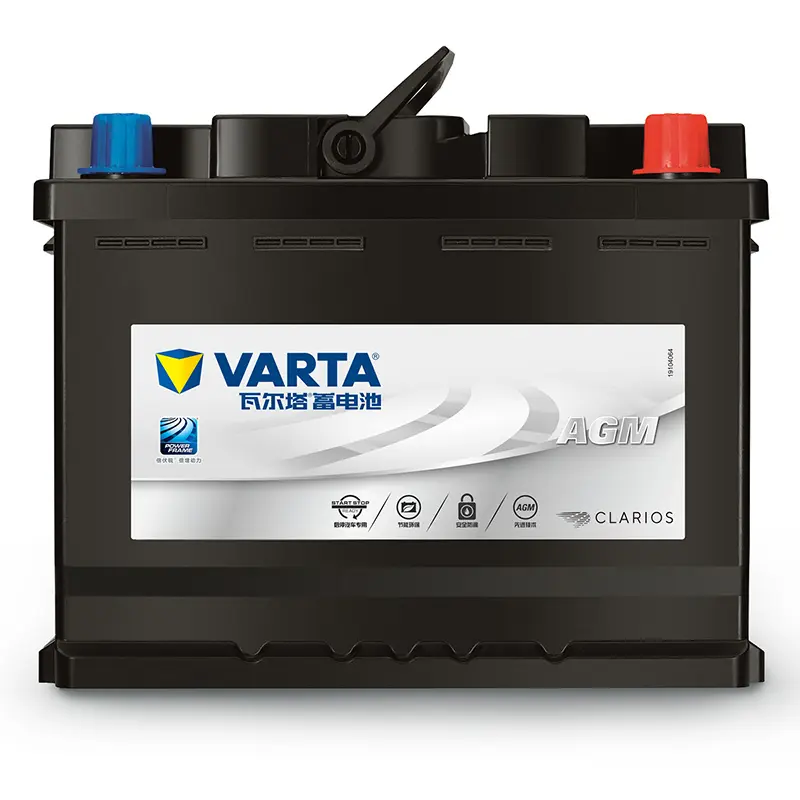Welcome to the website of Hubei Lham Energy Tech Co., Ltd. Our main products are automotive battery accessories and industrial battery maintenance products.
Global Consulting Hotline:0710-3313598

 News
NewsIn order to save fuel, more and more new cars are equipped with automatic start-stop function. Cars equipped with this feature will be equipped with a separate automatic start-stop battery, which works solely for the automatic start-stop system. So the same is the battery, automatic start-stop battery and ordinary battery what is the difference?
AGM battery refers to the separator is made of super fine glass wool storage battery, compared with ordinary storage battery, there are many differences. AGM batteries are sealed with an exhaust valve on the battery cover. During normal use, no water refill is required. Conventional battery is not sealed, open the liquid injection cover can see the electrolyte, the use of water often.
Compared with the same specification battery, the price is higher, but has the following advantages:
1. Cycle charging capacity is 3 times higher than lead-calcium battery, with longer service life.
2. It has higher capacitance stability in the whole service life cycle.
3. Low temperature starting is more reliable.
4. Reduce accident risk, reduce environmental pollution risk (due to acid 100% sealed).
Compared with other batteries, AGM batteries have higher security and are suitable for series and parallel high-power applications.

The main differences between AGM batteries and ordinary batteries are as follows:
1. early battery start-stop system, there is not much protection equipment;
2. the general lead-acid battery can not be discharged in a short period of time many large current, the temperature insulation plate can not let the electric ions quickly through;
3. the service life of AGM battery is more than 3 times that of the general battery, the normal service life of the battery is about 6 years.
AGM storage cells have very low internal resistance, are capable of supplying high current on demand, and provide a relatively long service life even during deep cycling. AGM storage batteries are maintenance-free, provide good electrical reliability, and are lighter than lead-acid battery types. While conventional lead-acid batteries need to be castable every six months to guard against the build-up of acidification, AGM batteries are less prone to acidification and can be stored longer before being recharged. Batteries perform well at low temperatures and have a low self-discharge rate.
AGM batteries have the advantage of being able to charge five times faster than lead-acid batteries and have the ability to cycle deeply. AGM batteries supply 80% discharge depth, on the other hand, lead-acid batteries are specified as 50% DoD to achieve the same cycle life, have slightly lower negative specific energy, are more expensive to manufacture than lead-acid batteries, but are less expensive than gel batteries. Most batteries are medium sized with a battery voltage range of 30 to 100Ah. They can also be found in UPS, both large and small, for stationary and deep cycle use. AGM batteries are usually made to size and can be used in high-end vehicles to run power-hungry accessories such as heated seats, steering wheels, mirrors and windshields.